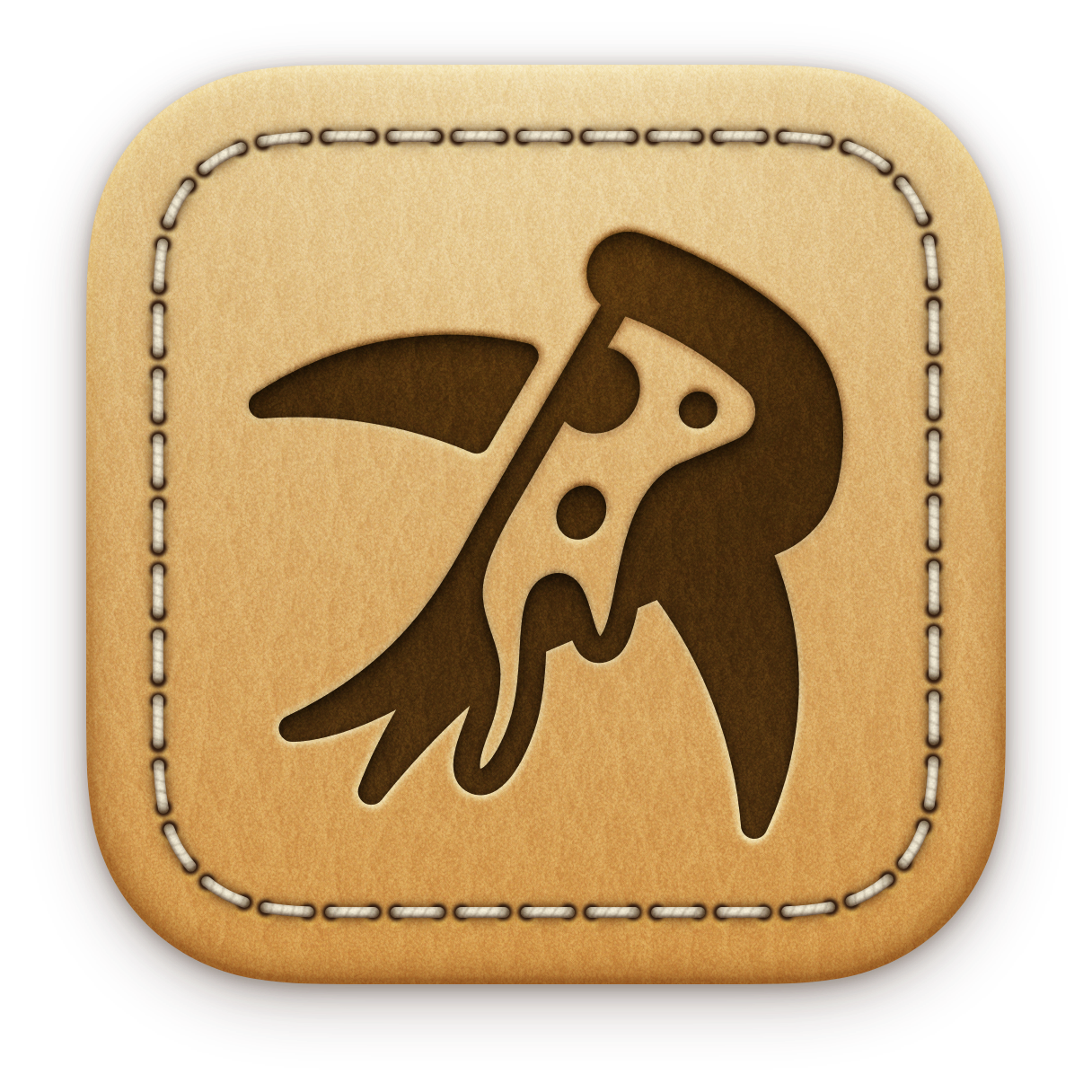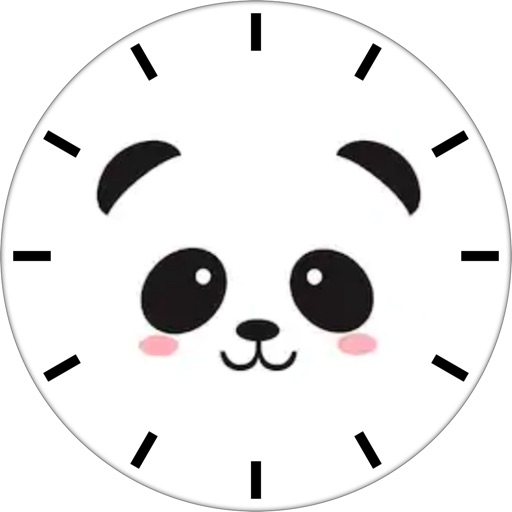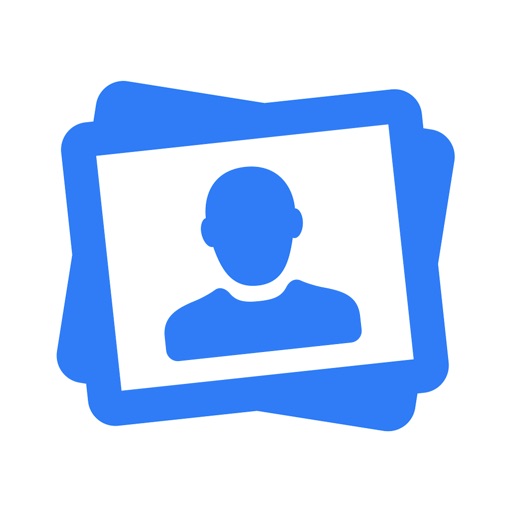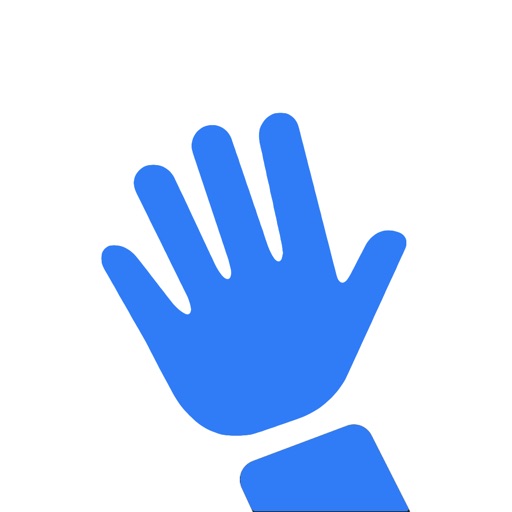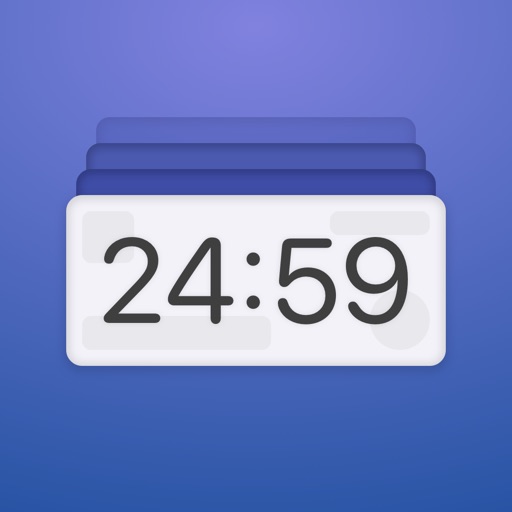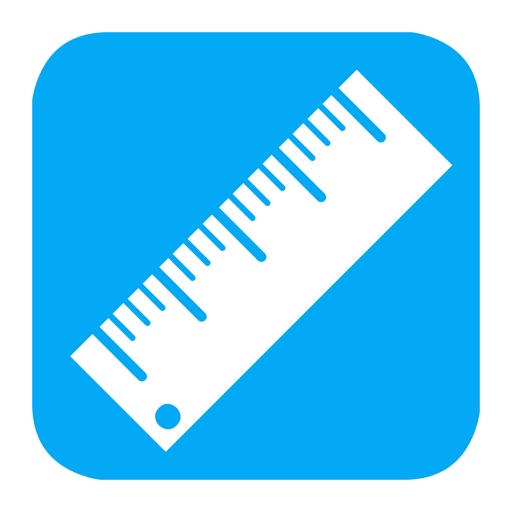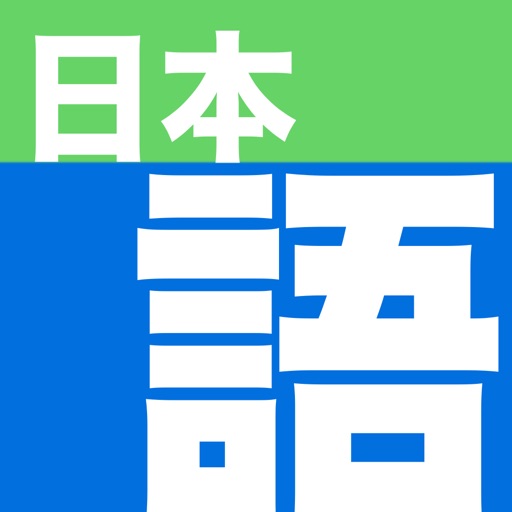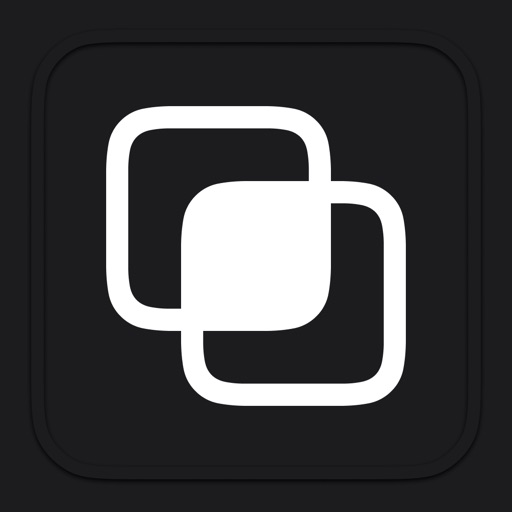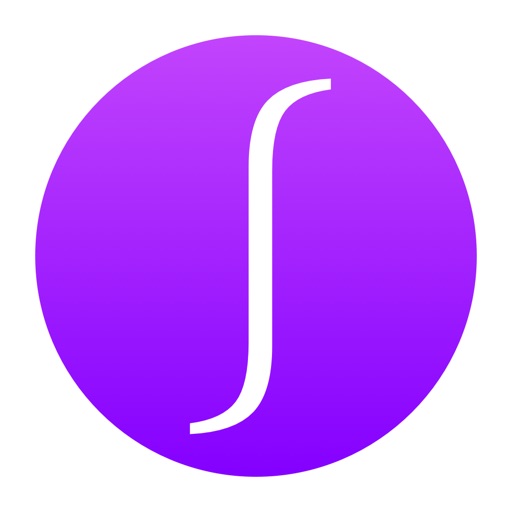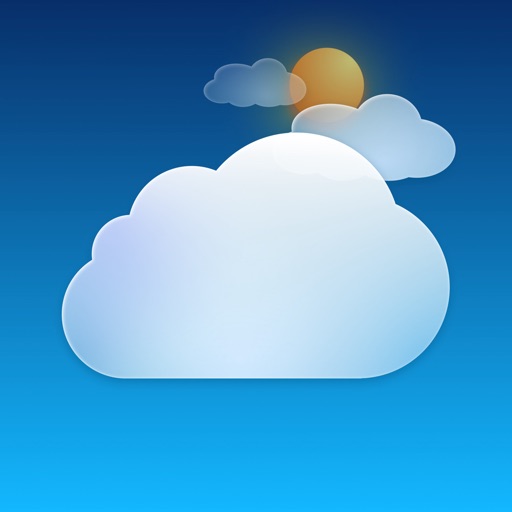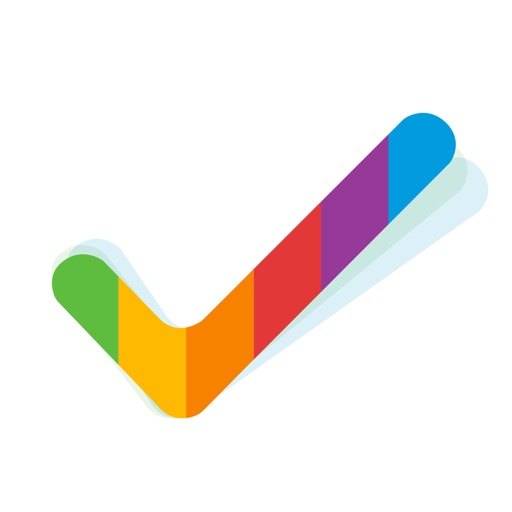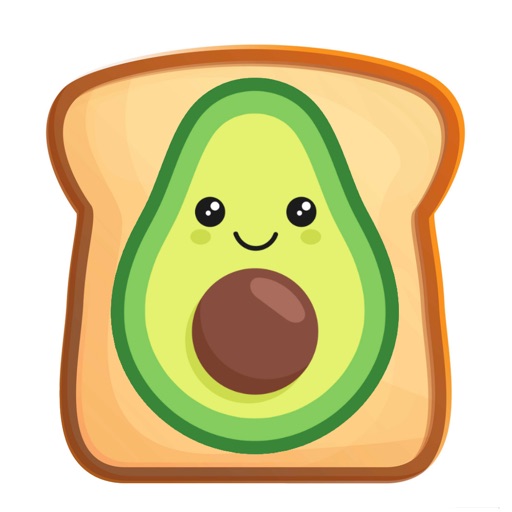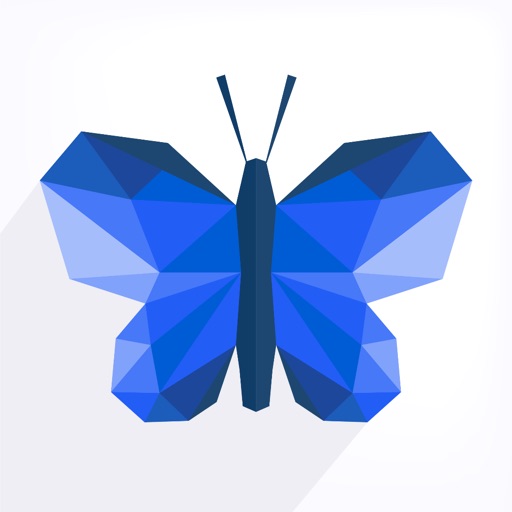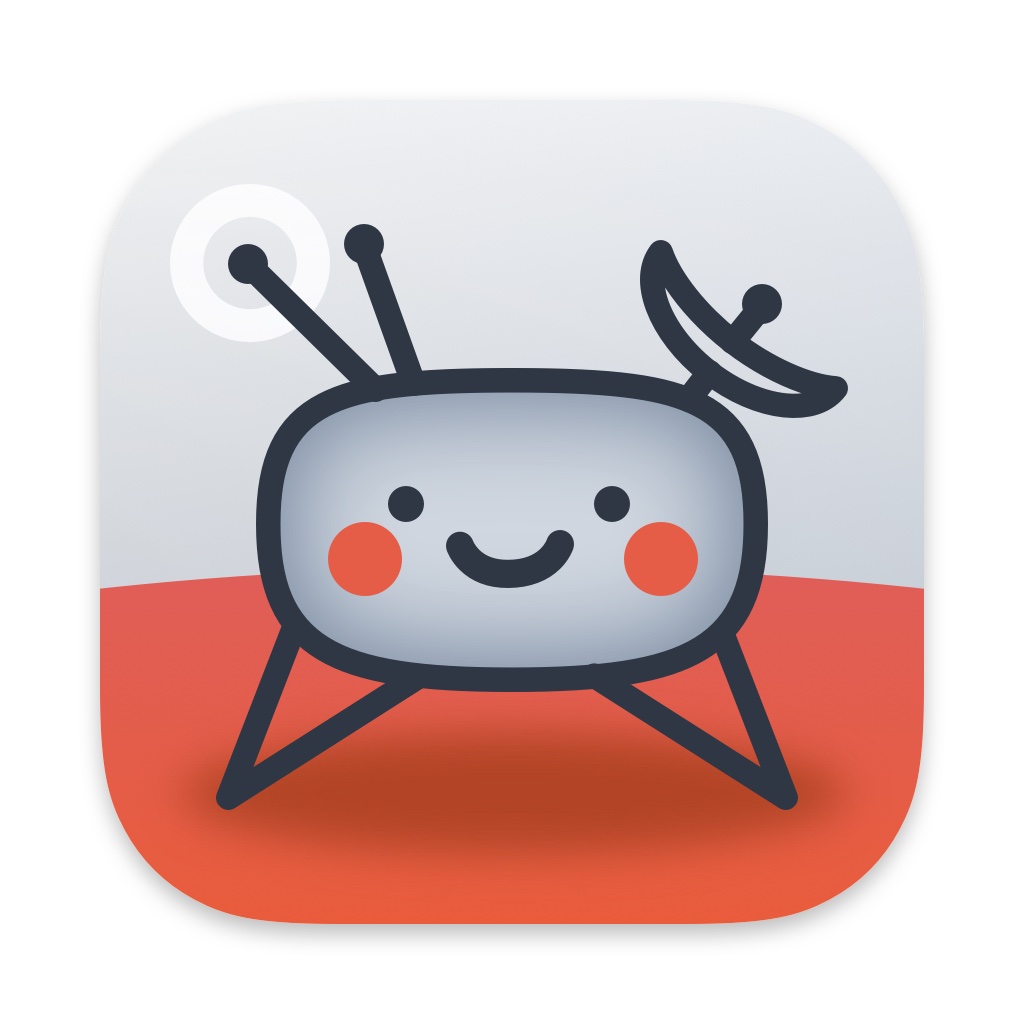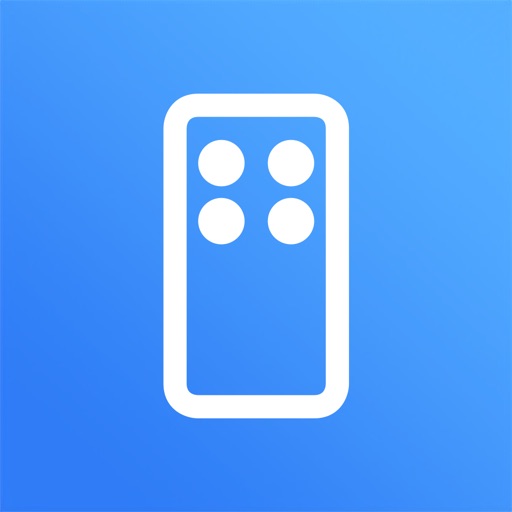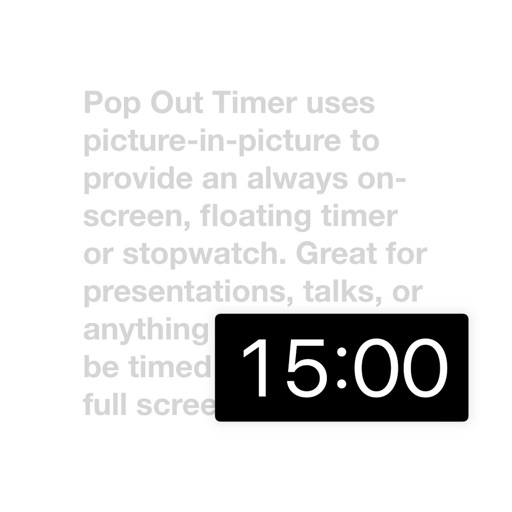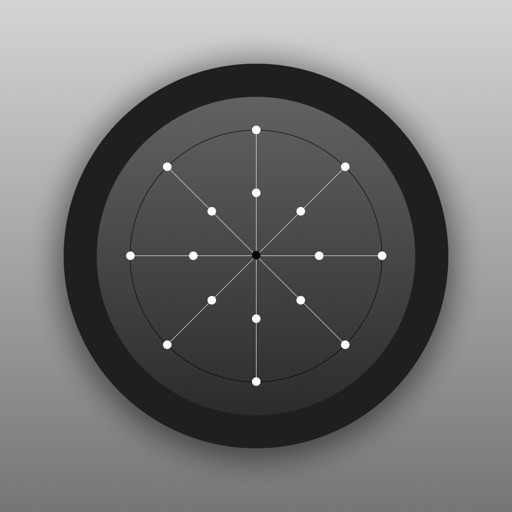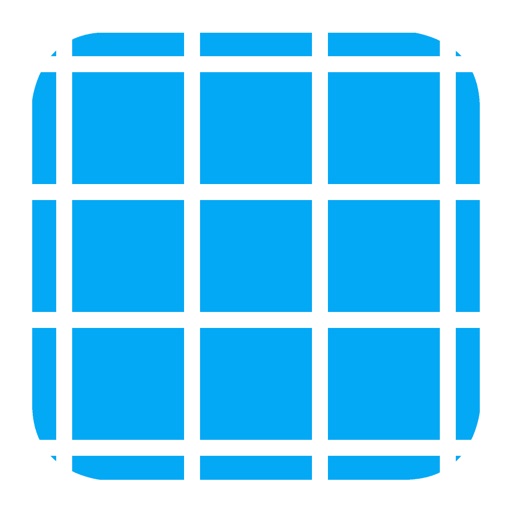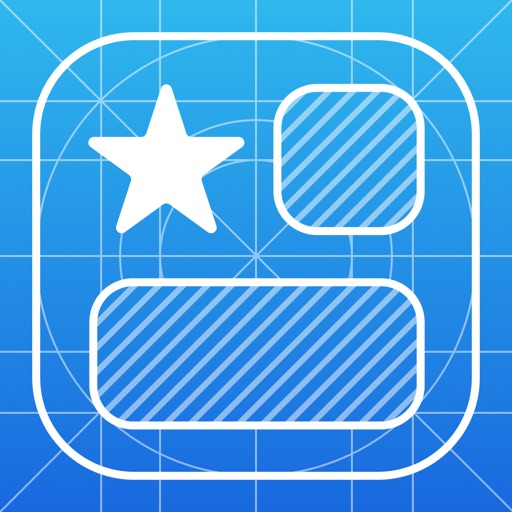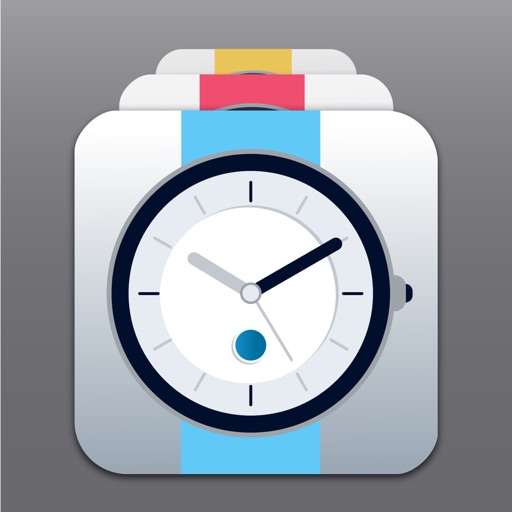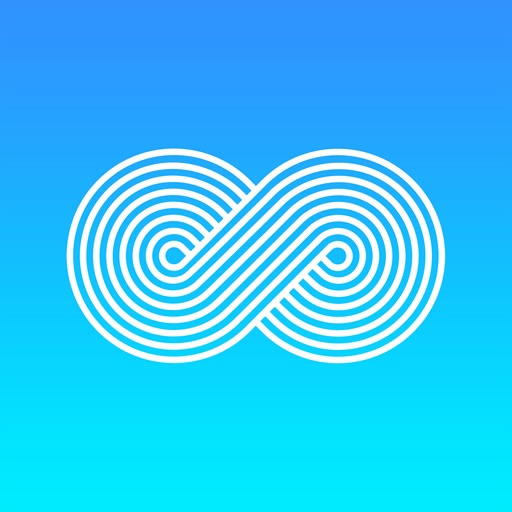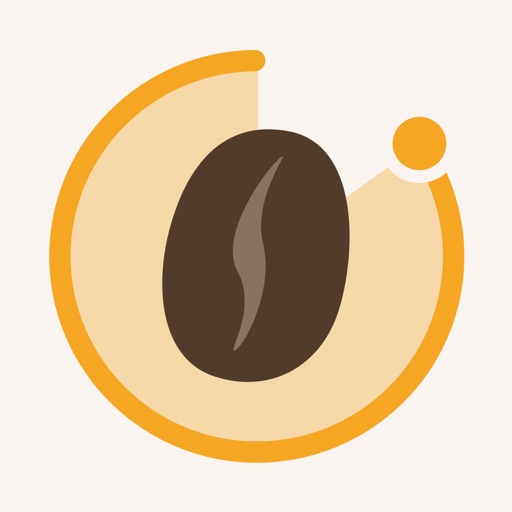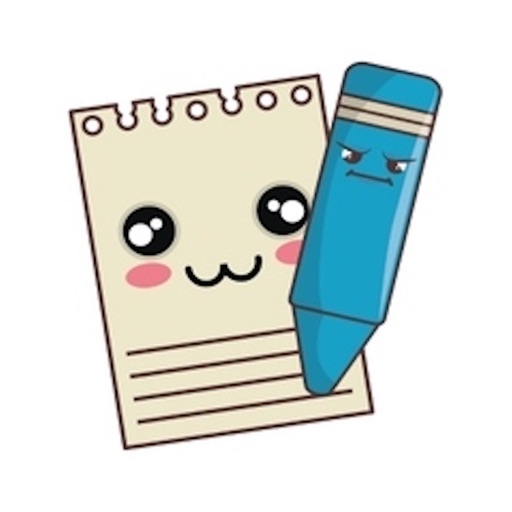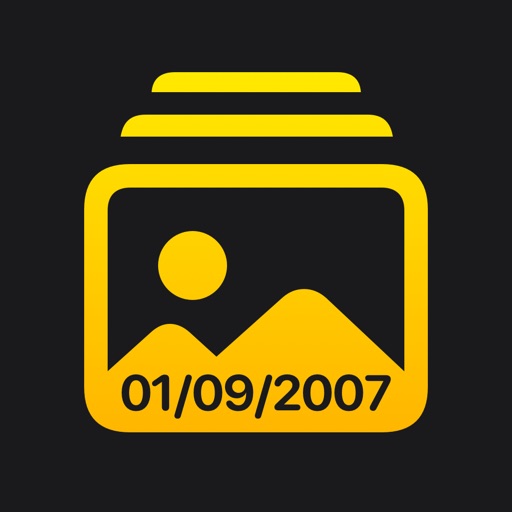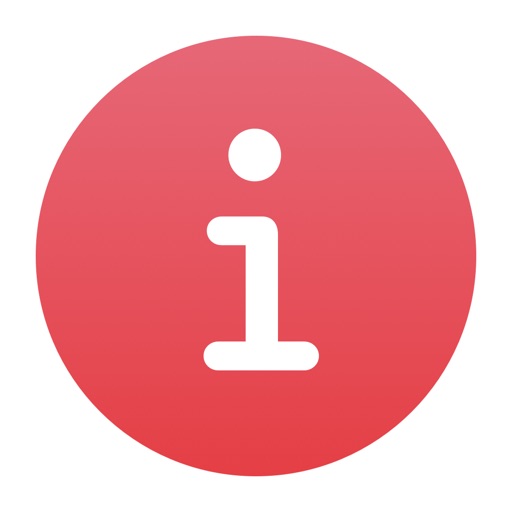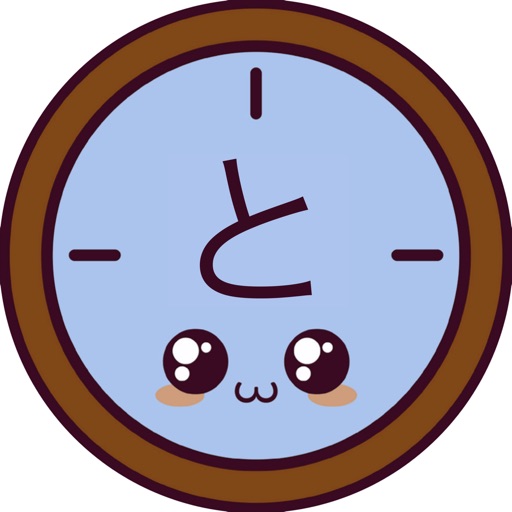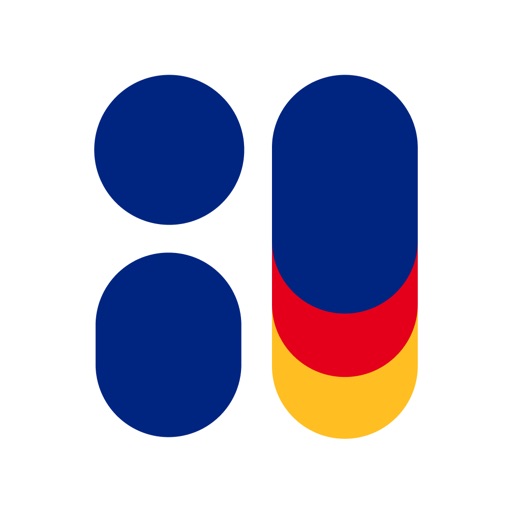Issue #70 - Yono Mittlefehldt
Happy Monday, everyone!
We made it to Issue #70! Thank you to everyone who read last week’s issue ❤️
Today’s Spotlighted Indie Dev
📆 Today I’m featuring Yono Mittlefehldt.
👉 Please make sure to follow them or support them anyway you can! 😇 I’m excited to share their indie dev stories.
Indie Dev

Yono Mittlefehldt
Q&A
1) What is your name? Where do you live (city or general area)?
Yono Mittlefehldt — an American living in western Germany
2) Introduce yourself. Education? Background? Main job? Interests outside of tech? Interests inside of tech?
My programing journey started when my dad brought home our first PC in the mid 80s. I was fascinated by making this machine do what I wanted but had trouble wrapping my head around it until I took a CS course as a sophomore in high school. Prior to that it was just copying BASIC programs out of books. I went to Carnegie Mellon University to study Electrical and Computer Engineering, but took a ton of CS courses while there. When I left college, I opted to work in computer hardware. I initially joined Intel, but quickly switched to IBM as a circuit designer on POWER 6. This server microprocessor would have been the basis for the Power Mac G6, but then Apple announced the switch to Intel. How ironic. After nine years of working at IBM, I left to be a full time app developer working on Gus on the Go. About 4 years ago, I started freelancing in addition to my work on Gus. I’ve done everything from backend to web to mobile, but I specialize in Computer Vision and iOS development. I also write tutorials for raywenderlich.com and most recently have started giving talks at meetups and conferences. I also recently started a blog at yono.ai, which doesn’t have much, yet, but will now create pressure on me to write some articles!
I love learning new things and spend most of my non-working hours trying to learn something — anything from new languages to physics to how to solve Rubik’s cubes. I also enjoy biking and watching movies (although not at the same time).
3) Have you ever considered yourself an indie developer?
Yes! I was working full time on Gus on the Go for several years before adding freelancing to my list of jobs I do. Initially, my definition of “indie” was someone who created their own product. However, after attending Release Notes in 2015, my definition began to evolve. I realized freelancers are also, in many ways, independent. Freelancers can often choose their clients, the kind of work they do, and even the hours they work. I still consider myself an indie dev, even though I freelance in addition to working on Gus.
4) What got you started/interested in creating your own applications outside of your “normal” job?
While I was still working at IBM, I went to an MLS (soccer) match with a friend of mine who had watched the original iPhone event. He spoke in awe about it for quite some time, but I didn’t give it much thought. I wasn’t very interested for one reason or another. Probably, I didn’t have the vision to see what was to come. Fast forward a couple of years — a couple of months after the iPhone 3GS was released (and my first iPhone). I went to a party at this same friend’s house. While looking at his bookshelf, I noticed a copy of Beginning iPhone 3 Development by Dave Mark and Jeff LaMarche. I took it off the shelf and started flipping through it. Prior to this moment, it hadn’t even occurred to me that anyone could write software for iPhones. Shortly after, I bought myself a copy and borrowed my then-girlfriend-now-wife’s MacBook Pro and started learning.
5) How do you balance your time between friends/family, work, hobbies, and indie dev?
This can be difficult. Besides programming for work, I’m also interested in hobby programming… so the line there is often blurred (which is not always great). Thanks to being flexible with working hours and having worked from home long before the pandemic, I’ve always been able to take breaks to run errands, exercise, or spend time with my family. Usually, in times of deadlines and crunches, I can either wake up early and/or work late at night after my kids are asleep.
6) Gus On The Go - My son is too young to use Gus On The Go so I couldn’t watch him use it but I was having so much fun with it myself 🙂 How did Gus On The Go come to be? Where did you get the idea to make a children’s app for learning languages? Did the idea for the app come first or did the character Gus come first?
Alice and I both come from multilingual households. She grew up with English and Cantonese and I grew up with English and Hebrew. At the time we began working on it, Alice had one child and was expecting her second. She was looking for apps to help her expose her kids to more Cantonese. Everything out there sucked. I love languages and thought this was a fantastic idea. Shortly after we started working on it, my wife became pregnant with our first child, so it also become important to me personally.
7) Gus On The Go - There are soooooo many languages!! 🤯 I didn’t know which one to play with so I picked Japanese. But how do you manage so many apps with so many languages and which languages to add support for? Is each app essentially the same app for each language or are there some things between the language versions?
Besides Cantonese, Hebrew, and German, which we knew we wanted to support as soon as possible, we kind or picked languages serendipitously. Since we didn’t initially have a budget to pay people to record words, we reached out to our friends who spoke many different languages. The order of our language release schedule was basically who we had access to and when. We then started branching out and using services like fiverr to hire native speakers to record for us, with mixed results. The entire time, though, we tried to focus on underrepresented languages that the big players in the industry ignored.
Each app is essentially the same app, with customized graphics for the country map and city icons. This eventually got us into a bit of tension with Apple, as in 2017, they told us our apps violated their new design spam rule. After some back and forth (they didn’t want to kick us out of the AppStore), we agreed that future Gus work would be in a unified app for all languages and they agreed to let us keep our current apps in the AppStore for visibility.
8) Gus On The Go - The graphics and animation are so much fun! I wish I could do something like this 😁 How do you make all the graphics? And I can’t imagine coding all of this up. How do you make all the animations and games within the app?
We started with no budget, so we taught ourselves how to use Inkscape to make all the graphics. I initially started by making all the animals, but Alice took over a majority of the art duties when I started coding. Most of the animations are actually combinations of scaling, rotation, and translation. We do have a few frame based animations with 4 - 8 frames on repeat. Since the app uses cocos2d-x under the hood, we were able to use it’s API to do most of this with a lot of trial and error 😂
9) Gus On The Go - I think this is one of the hardest problems of being an indie dev but how do you market Gust On The Go? Do you need to market some languages differently than others?
Marketing is one of the hardest things for us. We’re in an uncomfortable situation that our users are not the people that purchase the app. We have to make something that’s fun for children, but that parents see value in. We have tried a bunch of things to advertise Gus, including cold emailing about 200 multi-lingual kindergartens in Germany to approaching mommy bloggers. Most things haven’t worked unfortunately. However, much of our early outreach to mommy bloggers — which happened before that industry became big enough to demand sponsorship to write about your app — ended up helping us make a name for ourselves.
We have also tried marketing particular languages through different channels. For instance, we marketed the Hebrew version to Synagogues around the US, as they have Hebrew courses for their congregation’s children. We also created two versions of Armenian in association with the Armenian General Benevolent Union (AGBU), whose mission is to promote the Armenian heritage and culture around the world. The two versions were two dialects, one spoken in Armenia and one spoken in the diaspora.
10) Gus On The Go - What has been one of the coolest things you’ve learned while building Gus On The Go?
I have learned a little bit about a lot of different languages. It’s crazy cool when you find out a word in one language sounds a lot like a word in another language. It can lead you down a rabbit hole of trying to figure out how the languages are connected 😂 I’ve also learned a lot about how designing a data model based on knowledge of a few languages can totally blow up in your face when you encounter a language that defies all assumptions.
11) Gus On The Go - What’s next?! Do you have any future features or languages coming out that you can share?
We are currently working on a new version of Gus, currently code named Gus Plus. This will be the aforementioned unified app for all languages. We’re also building it to help us make our business more sustainable. In addition to having a lot more content and making it easier for us to add content regularly, we’re looking at how we can improve the business model with the goal of getting back to working on Gus full time.
12) What’s been the hardest part of being an indie dev? What is the most fun part of being an indie dev?
Hardest part: marketing 😂 Most fun part: Making cool stuff you want! I have added so many small things to Gus that just made me giggle. It wasn’t necessary for the app, but it was fun and cool.
13) Is there anything else you’d like to tell the indie dev community about you?
I am definitely more introverted than extroverted, but I do love attending conferences. So once in-person conferences start up again, if you see me at one, come up and say “hi”.
14) Do you have any other indie devs that readers should follow / lookout for?
I follow so many indie devs. I find the ones I tend to gravitate to are the ones that discuss more than just the technical aspect of their apps/businesses. Since I mentioned that marketing is the hardest part, getting (stealing) ideas from others can be super helpful. Release Notes (@release_notes) is a fantastic podcast and source for the business side of running a company. It’s by Charles Perry (@DazeEnd) and Joe Cieplinski (@jcieplinski) and they will also, occasionally, interview indie devs. Besides that, I assume everyone is already following Curtis Herbert (@parrots)?
Newly Released and Updated Indie Apps
Here are some newly released and newly updated apps from this past week! If you would like to possibly see your app in this list, please submit your app to the look at me form 👀
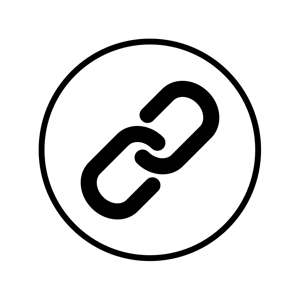
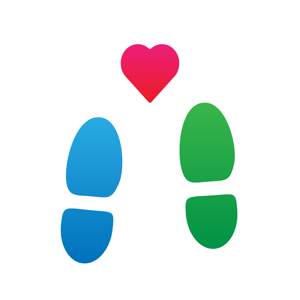
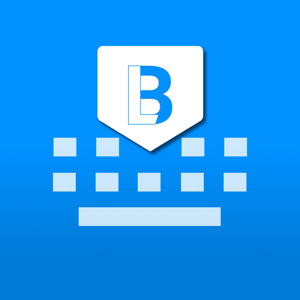
Black Friday Sales
It’s Thanksgiving week which means there a lot of sales starting to appear for Black Friday and Cyber Monday! Here are some indie apps that have some awesome deals happening either right now or later this week 🙌
Thank you to everybody who made it to this footer! You either spent the time to read or took the effort to scroll 😊
Make sure to visit https://indiedevmonday.com/subscribe to get an email of future issues!
And go to Twitter and give @IndieDevMonday a follow… or multiple follows if you manage more than one Twitter account 😜
